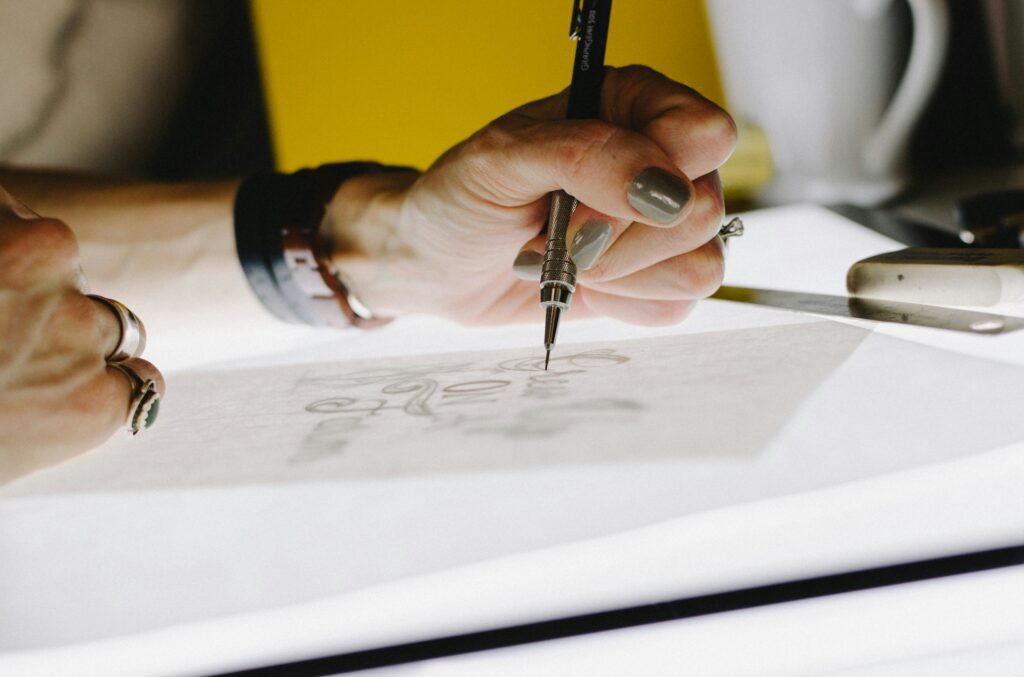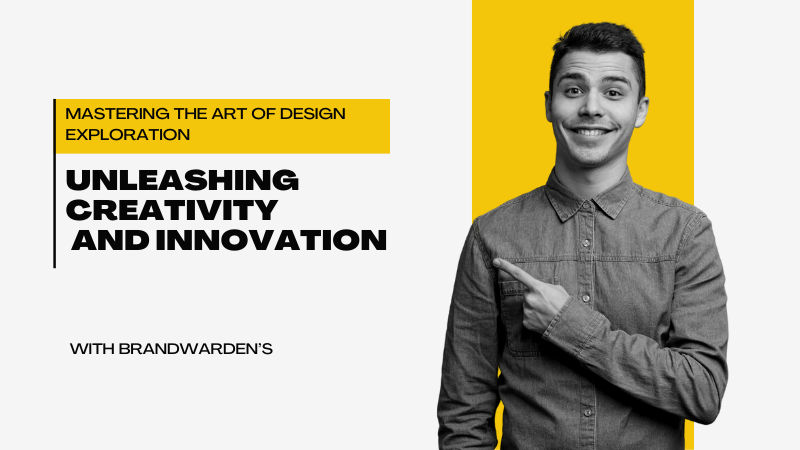Mastering the Art of Design Exploration: Unleashing Creativity and Innovation
In the ever-evolving world of design, mastering the art of design exploration is essential for anyone striving to stay ahead of the curve. Design exploration goes beyond creating aesthetically pleasing visuals—it involves deep dives into creativity, experimentation, and innovative thinking. This process helps designers break free from conventional approaches and craft solutions that are both unique and impactful.
This blog will guide you through the journey of mastering design exploration, explaining how it can unleash creativity and foster innovation in your work.
What is Design Exploration?
Design exploration is the process of experimenting with various creative approaches, tools, and methods to develop innovative solutions. It’s a journey that encourages designers to test boundaries, iterate on ideas, and discover new possibilities. This exploration enables you to produce fresh, unique designs that push the envelope and resonate with users on a deeper level.
At its core, design exploration is about curiosity—challenging the status quo and daring to take creative risks.
Why Design Exploration is Key to Innovation
1. Fosters Creativity
Design exploration opens the door to creativity. By trying out different design concepts, techniques, and tools, you allow yourself to think beyond the ordinary and expand your creative horizons. This process pushes you to think critically about your designs and explore new angles, textures, colors, and forms, leading to innovative and exciting outcomes.
Tip: Start each project by experimenting with multiple ideas, even if some seem unconventional. You’ll be surprised at the creative possibilities that emerge from a willingness to explore.
2. Encourages Experimentation
One of the key benefits of mastering design exploration is the freedom to experiment without limitations. It involves pushing boundaries—whether with bold typography, unconventional layouts, or futuristic color palettes. Experimentation leads to unexpected results, often unlocking design potential that would have otherwise remained hidden.
Tip: Give yourself time to experiment in the initial phases of a project. Play around with different styles, patterns, or design techniques before settling on the final concept.
3. Generates Unique Solutions
Design exploration encourages designers to think outside the box, leading to truly unique solutions. In a competitive market, standing out is crucial. Exploring various ideas and approaches ensures that your designs are original and innovative, helping you carve a niche in your industry.
Tip: Don’t be afraid to challenge established design norms. The exploration process is about discovering new approaches that differentiate your work from the rest.
Steps to Master Design Exploration
1. Start with Research and Inspiration
The first step in any design exploration process is to gather inspiration and conduct thorough research. Whether you’re working on a branding project, a website redesign, or product packaging, research is crucial. Analyze design trends, study competitor work, and explore diverse sources of inspiration, including art, architecture, and nature.
Tip: Create mood boards or inspiration collections from various disciplines. This will help guide your creative process and spark new ideas.
2. Brainstorm and Sketch
Once you’ve gathered your inspiration, it’s time to brainstorm and sketch your ideas. Don’t rush this phase—take your time to think through multiple possibilities. Sketching helps you visualize your thoughts and allows you to experiment with different layouts, typography, and elements before committing to a final design.
Tip: Keep your sketches rough and open-ended. The goal is to explore various design paths, not to perfect your drawing.
3. Iterate and Refine
Design exploration is an iterative process. After sketching and initial design concepts, revisit your work with a critical eye. Refine your ideas, test new elements, and push the design further. Through each iteration, you’ll uncover new insights that elevate the final product.
Tip: Don’t be afraid to scrap a design if it isn’t working. Each iteration is a step forward, even if you need to start over from a different perspective.
4. Use Design Tools for Experimentation
Technology plays a huge role in design exploration. Modern design software like Adobe Illustrator, Figma, and Sketch offers endless possibilities for experimentation. These tools allow designers to play with different shapes, textures, gradients, and layouts, making the exploration process easier and more dynamic.
Tip: Explore design plugins, effects, and tools that you haven’t used before. They might spark a new creative direction.
5. Seek Feedback and Collaborate
The design exploration process doesn’t end with individual experimentation. Collaboration and feedback are crucial components of mastering design. Seek input from colleagues, mentors, or clients to gain different perspectives and ideas. This can help you refine your design further and lead to innovative solutions.
Tip: Don’t view feedback as criticism. Instead, embrace it as a way to explore new avenues and enhance your design’s overall impact.

How Design Exploration Unleashes Creativity
1. Breaks Creative Blocks
Creative blocks are a common challenge for designers. However, design exploration provides a remedy by encouraging a flexible mindset. When you explore multiple ideas and experiment with new concepts, it becomes easier to break through creative barriers and discover solutions you hadn’t previously considered.
Tip: If you’re stuck, try working on unrelated design tasks or exploring new techniques. Often, stepping away from the problem at hand can reignite your creativity.
2. Encourages Risk-Taking
Innovation rarely happens without risk. The design exploration process encourages you to step out of your comfort zone and take creative risks. While not every experiment will succeed, the act of pushing boundaries is essential for growth.
Tip: Set aside time in your design routine for unstructured exploration. Without the pressure of creating a final product, you’re free to take creative risks.
3. Enhances Problem-Solving Skills
At its core, design is about solving problems. Design exploration sharpens your problem-solving abilities by pushing you to consider multiple solutions. Each experiment helps you think critically about the challenges you’re facing, enabling you to deliver more innovative and thoughtful designs.
Tip: When approaching a design challenge, create multiple drafts and versions. This will give you a broader perspective on how to tackle the problem creatively.
Conclusion
Mastering the art of design exploration is key to unlocking creativity and driving innovation in your work. By experimenting with new ideas, embracing feedback, and pushing boundaries, you can elevate your design skills and create unique, impactful solutions. Whether you’re a beginner or a seasoned designer, embracing design exploration will enable you to keep evolving and stay ahead of the curve in this ever-changing industry.
Ready to take your designs to the next level? Start your design exploration journey today, and see where your creativity leads!
Table of Contents
Explore more insighthttps://brandwardens.com/blog/ful blogs by clicking here.

